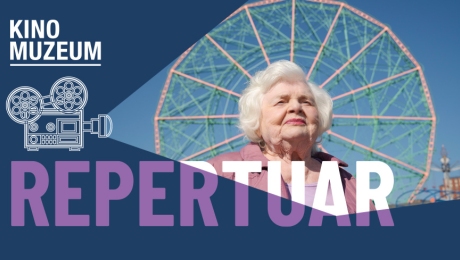The horrors of war
The dominant theme of the narrative bloc The horros of war are the daily lives of ordinary people.
War viewed through the prism of the fates of soldiers, prisoners of war, camp inmates and forced labourers, and of civilians, men, women, children, sends the most universal and comprehensible message to visitors, irrespective of nationality.
The criminal nature of the war and foreign occupation, defined as the premeditated steps taken by the totalitarian regimes to eliminate entire states and subjugate nations, is the main theme of this part of the exhibition.
It shows both German crimes against the Polish intelligentsia and social elites beginning in the autumn of 1939 and Soviet misconduct, such as the murder of Polish officers and policemen in 1940 at Katyń. The Holocaust will feature prominently here. The story of this unprecedented genocide is told by reconstructing its planning and its different stages: the executions by Nazi Einsatzgruppen in the East after Germany attacked the Soviet Union in 1941, and the establishment and operation of the extermination camps for Jews from Poland and from the other European countries occupied by Germany. This section also shows Jewish wartime life in the two largest ghettos, Warsaw and Łódź. We see the individual dimension of this horrific crime, through the lives of victims as well as profiles of assassins.
The narrative about the criminality of the Second World War also covers other cases of genocide, terror and abuses of civilians: the Third Reich’s network of concentration camps, slave labour for members of the conquered nations and forced deportations. The exhibition aims to show that both the Third Reich and the Soviet Union were guided by political, racial and economic concerns as they executed mass resettlements from the first days of the war to the last.
Unique exhibits are an important aspect of the exhibition. They document the stories of victims of the Holocaust, of executions and of other repressions, as well as of camp inmates, forced labourers and Poles transported to the remote regions of the Soviet Union.
Sala wystawy Zagłada. Fot. Roman JocherPowiększ Exhibition room The HolocaustPhoto: Roman Jocher
The narrative about the fates of individuals during the war also tell the everyday lives of both fighters and civilians. Common objects document daily challenges. Ration cards for food and clothing, garments and toys are examples of such artefacts. They help visitors to realize the broad range of situations in different areas of occupied and fighting Europe, as well as stressing similarities in the human experience.
Sections of the "Horrors of war" bloc are devoted to resistance in Poland and other occupied lands. It features the struggle over information, which includes the breaking of the codes of the German Enigma encoding machines, the total economic and social mobilization in the countries engaged in the war, as well as the diplomatic and political competition between the Western allies and the Soviet Union.















